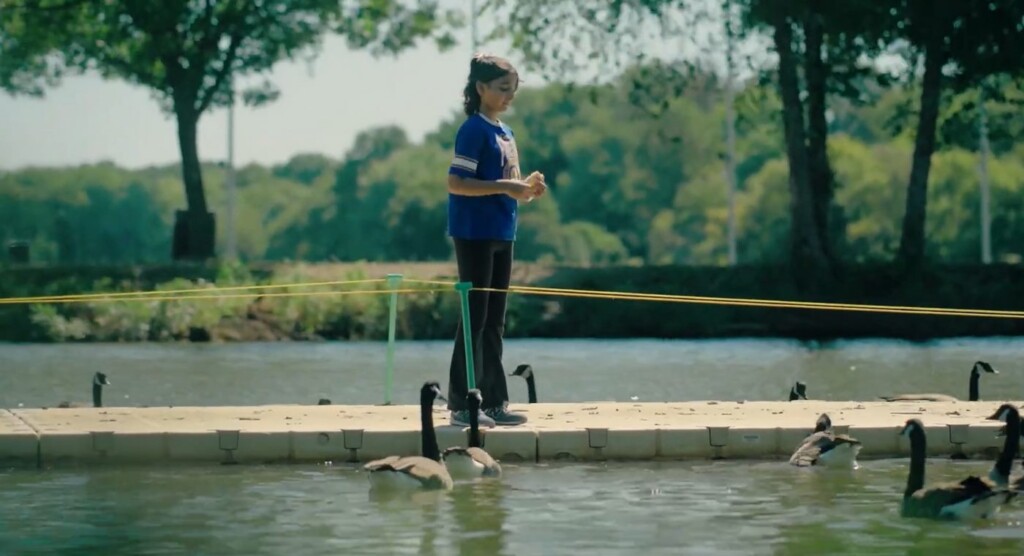 Rahemeen Nabeel – credit, Childrens Hospital of Philadelphia, released
Rahemeen Nabeel – credit, Childrens Hospital of Philadelphia, releasedIn 2020, GNN reported that CRISPR gene editing technology was being used to develop a medicine for beta-thalassemia, a genetically-inherited blood disorder.
Now though, another medicine—a ‘cure’—has already been used to treat a young girl, and more individuals are lined up for treatment.
Developed at the Children’s Hospital of Philadelphia (CHOP) and called Zynteglo, the medicine is much the same as other gene therapies that have arrived on the market: they use the patient’s own cells to create stem cells which can then be reprogrammed to take over for faulty genetic copies.
“To see a therapy like this move into being widely available for patients, this is why we do what we do,” said CHOP’s Dr. Timothy Olson, whose patient, 12-year-old Rahemeen Nabeel, boasts that she’s maybe “too energized.”
Energy, reports CBS, was something that was in short supply for Nabeel, who suffered from significant bouts of pain associated with her disease and required regular blood transfusions.
“So we took her to Paris, we took her to Italy, Rome, Switzerland, and then we took her to Turkey, Korea,” said Zainab Nabeel, the girl’s mother, who wouldn’t rest until some kind of effective treatment was found.
“It was a long, stressful journey, but we are really, really happy,” Zainab Nabeel said.
At CHOP, her daughter had to undergo chemotherapy for Zyntelgo to be successful, meaning yet more pain and the total loss of her hair.
But now on the other side, Dr. Olson has no problem saying Nabeel is cured. He has 17 other patients in various stages of treatment, and hopes he will be able to say the same for all of them.
CURING CHILDREN:
Before CRISPR and Zynelgo, GNN reported that the only available cure for was a bone marrow transplant from a closely related donor, an option that is not available for the vast majority of patients because of difficulty locating matched donors, the cost, and the risk of complications.
Zynelgo, and many other similar treatments, use “Yamanaka factors” to transform normal cells into pluripotent stem cells, which hold the potential to become basically any cell in the body.
They are named after Shinya Yamanaka, the Nobel Prize-winning biologist who discovered them.
WATCH Rahemeen’s story below from CHOPS…
SHARE This Story Of Young Rahemeen And Her Road To A Cure…
Source link

